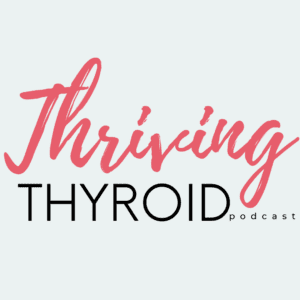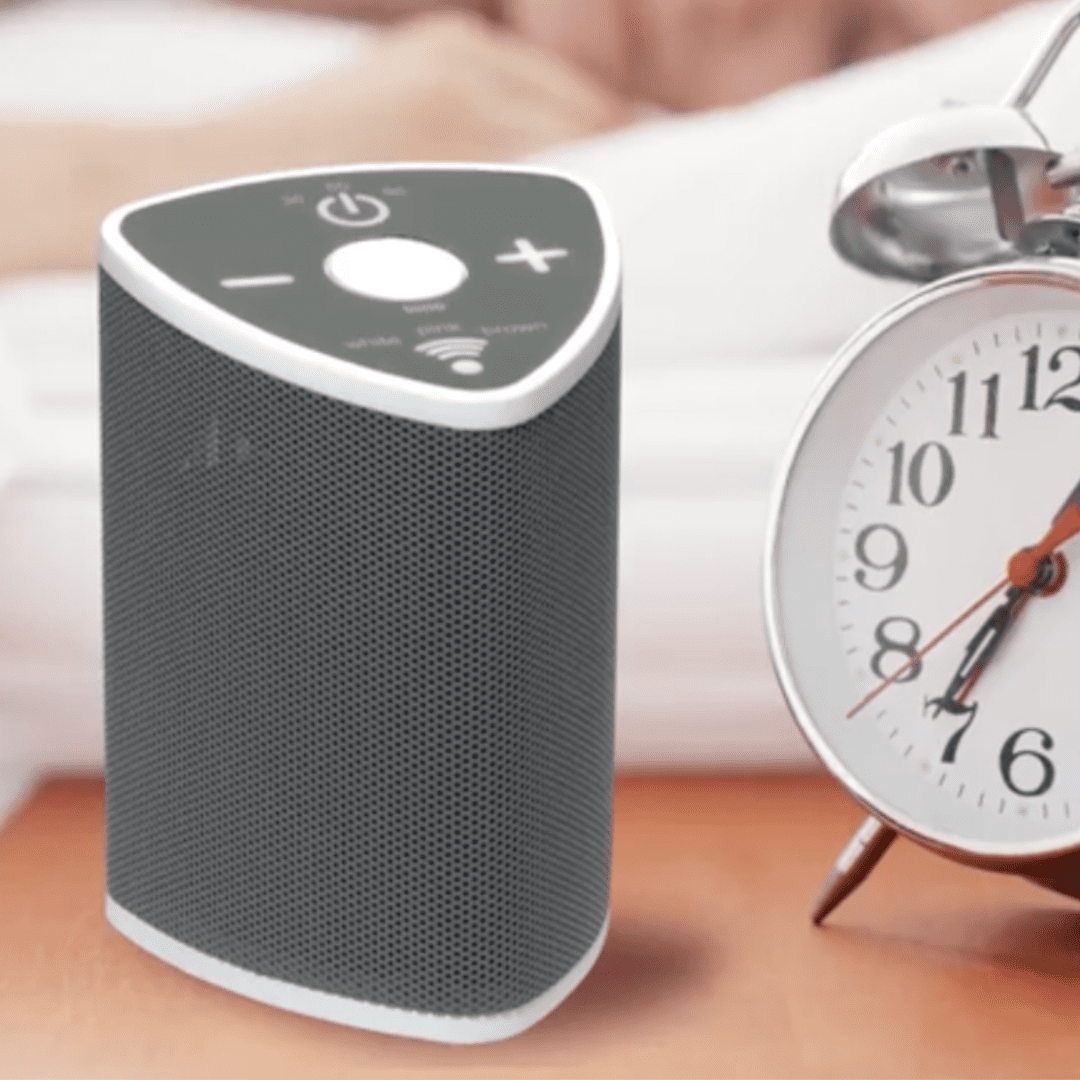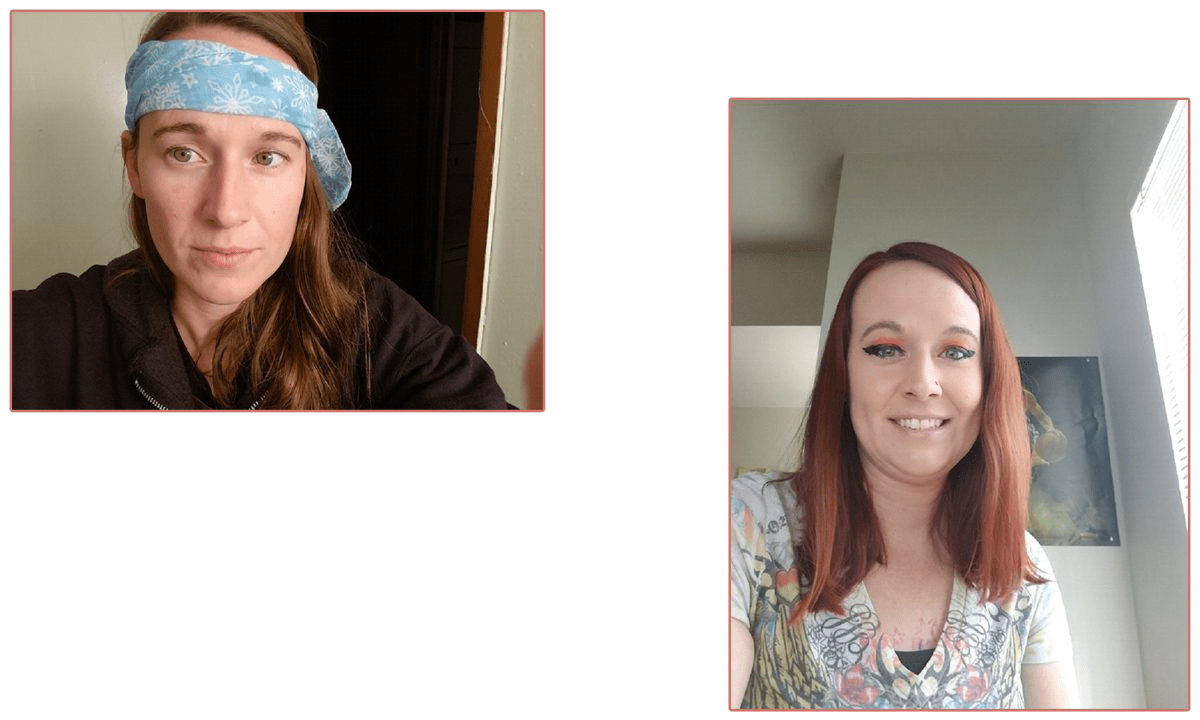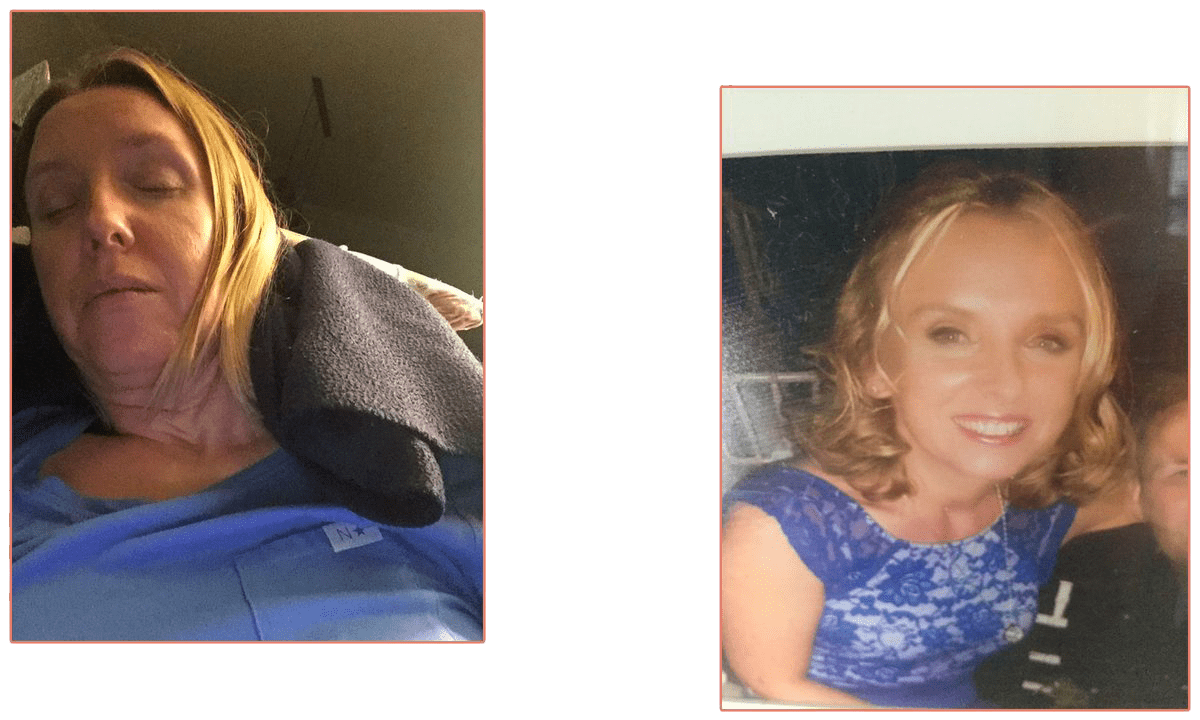You might know me from:








Our mission is to empower women worldwide to achieve migraine freedom, enabling them to reconnect with loved ones and reclaim their lives on their own terms. We focus on providing lasting natural relief, steering clear of the temporary fixes offered by pills, injections, and unreliable gadgets that often disappoint.



Hi! I’m Debbie.
I’m a migraine freedom specialist helping women achieve long-lasting relief from migraines naturally, moving beyond the short-lived solutions of pills, injections, and trendy gadgets that ultimately stop working.
After years of barely surviving with daily head and neck pain, I turned a corner from merely managing my migraines to truly overcoming them. Instead of masking symptoms with temporary fixes, I dove into understanding the underlying causes of my migraine and neck pain. Along this journey, I gained two functional health and wellness certifications, devoured every piece of research available on migraine root cause, and even became my own experiment to craft a solution that didn't just alleviate my pain short term but actually addressed its root cause. This journey wasn't just for me; it's a path I paved for women like you, offering hope and a real solution for those ready to reclaim their lives from chronic migraines.
Hi there! It's funny how life leads us without us realizing it. You see, I was unknowingly setting the stage for migraines long before they even started. Growing up on a diet high in sugar and processed foods, low in proteins, fats, and veggies, sleep always being sidelined, and rarely moving enough, led to my unhealthy lifestyle.
I was constantly under stress, often anxious, exhausted and thought this was normal life for someone in their 20s.
It wasn’t until after my second child was born, that I started feeling something was wrong- constant headaches, neck pain, body aches, fatigue, insomnia became my normal. I attributed it to being a busy mom and thought things would improve as my kids got older.
But a few years into daily migraines, I felt worse. I tried everything to end my pain - medications, acupuncture, diets - but nothing worked. A decade flew by with me barely functioning, missing out on my life, all while feeling miserable
In 2010, I’d had enough. It was time for a change. I committed to prioritizing my health and never looked back. I said no to living in pain, missing out on life, and taking ineffective meds, and I stopped managing my pain and finally worked on ending it.
Guess what? Despite being told by migraine specialists that my pain was a part of my life, genetics and all, I found my migraine freedom. While I have occasional neck pain or head pressure, I've got the right strategies to prevent a full-blown attack. Now, I have control over my life, not migraines. And trust me, if I can do it, so can you!
We help women suffering from persistent, severe migraines tackle their symptoms at the core restoring their ability to live their lives on their terms.

Freebies To Get You Started
01

Migraine Freedom™
YOUR WAY PODCAST
02

Access The Migraine Breakthrough™
Reset
03

Three Keys to pain relief
Webinar
check out the latest
Blogs
What 2025 Taught Me About Supporting Women With Migraines
Her Life Was Shrinking… Until One Woman Spoke Up
When You Can’t Tell If It’s Depression or Migraine… Here’s What’s Really Happening
Let's reduce your migraine symptoms so you can
Feel Great, Make plans, Enjoy Life
Migraines are more than just headaches; they're a sign of deeper imbalances. This is why temporary fixes like pills, injections, and the latest gadgets often fail to provide lasting relief. Achieving freedom from migraines requires a holistic, full-body approach and we're here to support you at every step.






